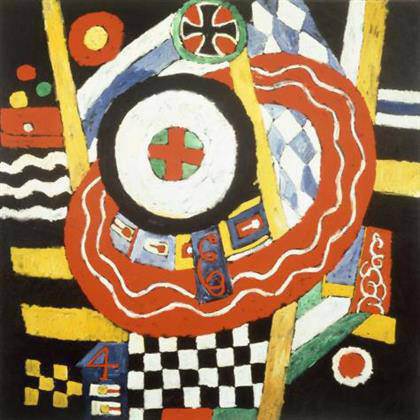![picnic [2], 1998, Masato Seto](https://theartwolf.com/wp-content/uploads/2021/05/masato-seto-picnic-1.jpg)
picnic [2], 1998, Masato Seto. Silver-dye bleach print. The J. Paul Getty Museum, purchased with funds provided by the Photographs Council. © Masato Seto
Getty Museum presents ‘In Focus: Tokyo’ On view at the J. Paul Getty Museum from August 5 through December 14, 2014, ‘In Focus: Tokyo’ features more than thirty photographs from the Museum’s collection that portray Japan’s capital city as a dense and hyperreal megalopolis.]]>
Source: J. Paul Getty Museum
For nearly a decade, the Getty Museum has been collecting Japanese photography in earnest. This show represents the first occasion on which these works have been exhibited at the Getty. All of the works in the exhibition were purchased with funds provided by the Getty Museum’s Photographs Council, who generously support the expansion of the Museum’s collection.
The oldest photographer in the exhibition, Shigeichi Nagano, has observed the perpetual rebuilding of Tokyo since the 1950s. He is largely recognized for his treatment of that city’s ever-changing street scene, with its reconstruction both above and below ground. His images showcase the built environment in Tokyo as a melting pot of traditional and modern architecture, revealing the city as simultaneously intimate and giant in scale.
Daido Moriyama actively seeks the underground scene in Tokyo, often focusing on the neighborhood of Shinjuku, known for its colossal train station, skyscrapers, bright neon signage, and alleyways crowded with small bars and clubs. His images represent the gritty side of the metropolis associated with yakuza mobsters, gambling houses, dive bars, and prostitution. Moriyama’s photographic style, characterized in Japanese as are, bure, boke (rough, blurred, out of focus), heightens the inherent darkness and strangeness of Tokyo’s clandestine underbelly.
Scenes captured outdoors, in locations scattered around Tokyo, can be seen in Masato Seto’s series picnic. Produced between 1996 and 2005, the project depicts the hard-won leisure of local couples escaping the cramped quarters of high-rise living for the scarce green space of public parks. Representing one family, couple, or individual at a time, Seto situates his subjects in the detached reality of their own private or public space. He created what critic Hiro Koike referred to as “invisible rooms”—plots of grass often defined by the customary plastic sheet—in which intimate moments have been openly displayed and captured by the photographer.
Related content
The Getty Museum presents ‘In Focus: Ed Ruscha’ (exhibition, 2013)
Follow us on:


